What's with the conifer advantage?
User
12 years ago
Featured Answer
Sort by:Oldest
Comments (20)
ken_adrian Adrian MI cold Z5
12 years agoUser
12 years agoRelated Professionals
Reading Landscape Architects & Landscape Designers · Walnut Landscape Architects & Landscape Designers · Mooresville Landscape Contractors · Annandale Landscape Contractors · Apollo Beach Landscape Contractors · Cockeysville Landscape Contractors · Fair Lawn Landscape Contractors · Gresham Landscape Contractors · Middletown Landscape Contractors · Rockland Landscape Contractors · New Carrollton Landscape Contractors · Eastlake Landscape Contractors · Crowley Landscape Contractors · Selma Landscape Contractors · Ferguson Landscape Contractorsken_adrian Adrian MI cold Z5
12 years agobotann
12 years agowisconsitom
12 years agosevernside
12 years agoJean Popowitz
12 years agoSmivies (Ontario - 5b)
12 years agoconiferjoy
12 years agobengz6westmd
12 years agoorso
12 years agoRobert Fincham
8 years agoedlincoln
8 years agolast modified: 8 years agoRobert Fincham
8 years agowisconsitom
8 years agoparker25mv
8 years agoparker25mv
7 years agolast modified: 7 years agoUser
7 years agolast modified: 7 years agobengz6westmd
7 years agolast modified: 7 years ago
Related Stories
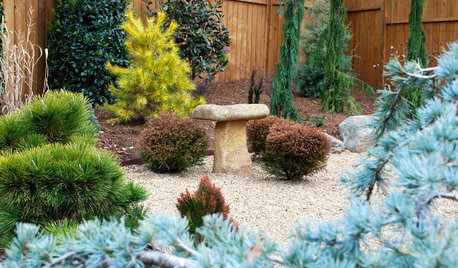
PLANTING IDEASDesigning With Conifers: Personality and Form in the Garden
Unique and full of interest, well-shaped conifers await a place your yard
Full Story
FALL GARDENINGWhy Fall Is the Best Time for Planting
Spring is overrated for planting. Starting plants in autumn has advantages for both garden and gardener
Full Story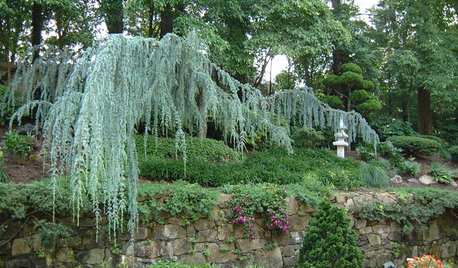
GARDENING GUIDESGreat Design Plant: Cedrus Atlantica ‘Glauca’
With its blue foliage and variety of shapes, blue atlas cedar earns its place in the sun
Full Story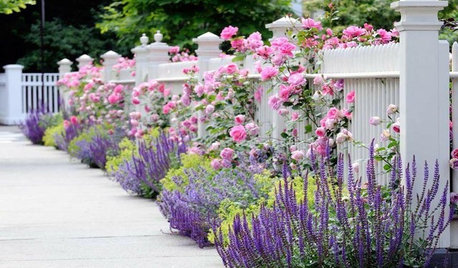
LANDSCAPE DESIGN4 Gorgeous Garden Looks for a Narrow Planting Strip
Make a strong design statement in an unexpected place with these ideas for perimeter plantings, pocket gardens and more
Full Story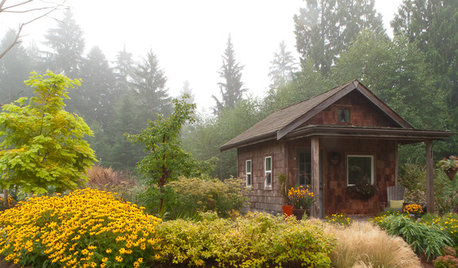
PLANTING IDEASGreat Garden Combo: A Fall Landscape Scene That Lasts
Span the seasons with trees, shrubs and grasses that offer color and texture in abundance
Full Story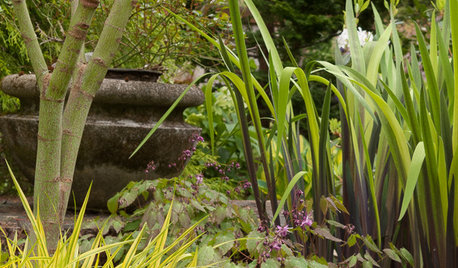
PLANTING IDEASA Great Spring Plant Combo for Dappled Shade
Time these ephemeral beauties right to watch them play off one another under a canopy of deciduous trees
Full Story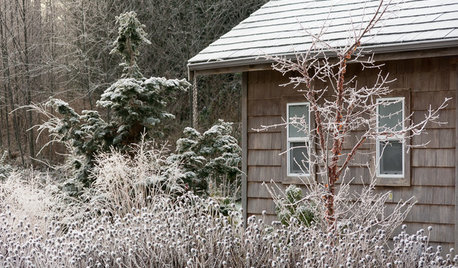
WINTER GARDENINGLook Beyond Plants for a Wonderful Winter Garden
Use sculptures, fences and other structures to draw the eye to a bare-bones landscape
Full Story
GARDENING GUIDESThe Beauty of Bare-Root Plants
Plant dormant trees and shrubs in fall using the easy, affordable bare-root method and enjoy beautiful results in spring
Full Story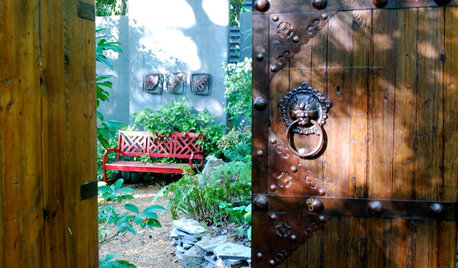
LANDSCAPE DESIGNExplore Your Garden Personality: The Collector
Abundant in plants, art or even oddball items? These principles can help you make sense of them in the landscape
Full Story
LANDSCAPE DESIGNThe 7 Best Plant Types for Creating Privacy and How to Use Them
Follow these tips for using different kinds of plants as living privacy screens
Full Story





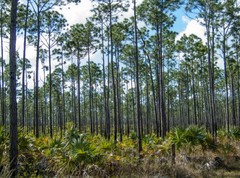

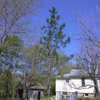
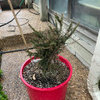

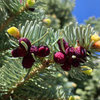
parker25mv